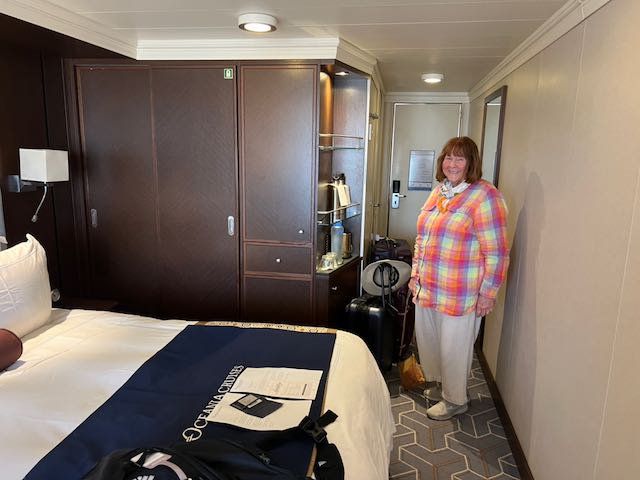
After our tour of Buenos Aires, and now onboard the ship, we moved into our cabin and immediately made-a-mess of the place. Clearly it doesn’t take me long to spread out over every available surface. However, once most of our stuff was put away, we gathered with the Bells and had a dinner at the Terrance Café. Once back to our cabin we finished unpacking and put together our first load of laundry – as the clothing we had been wearing on the Iguazu Falls adventure never dried, and then, early bed.
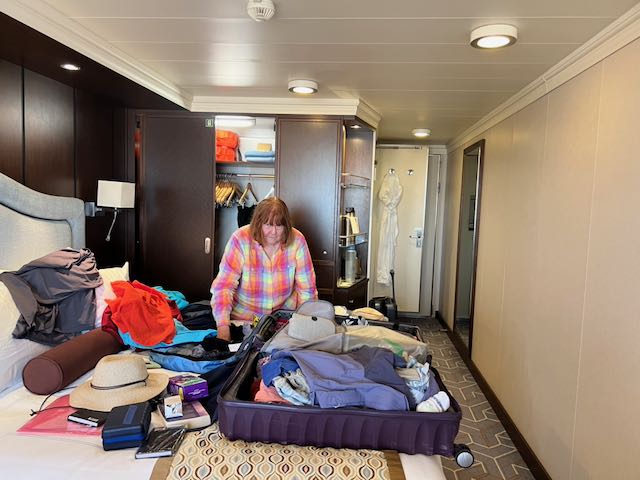
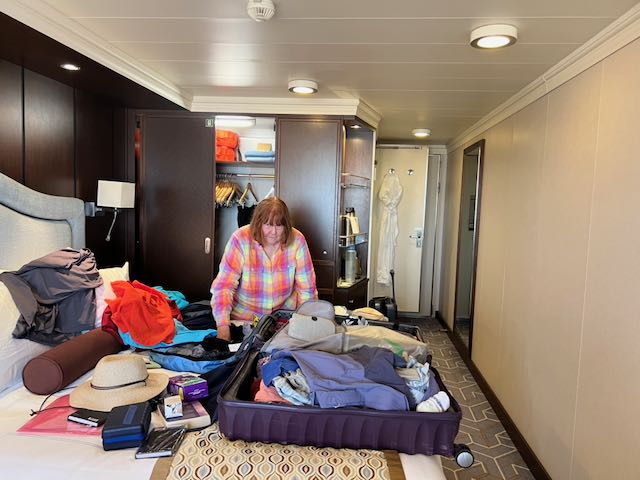
While we slept, the ship headed out the Rio de la Plata estuary for Montevideo. Montevideo is the capital and largest city of Uruguay. According to the 2011 census, the city proper has a population of 1,319,108 (about one-third of the country’s total population) in an area of 78 sq miles. Montevideo is situated on the southern coast of the country, on the northeastern bank of the Río de la Plata.
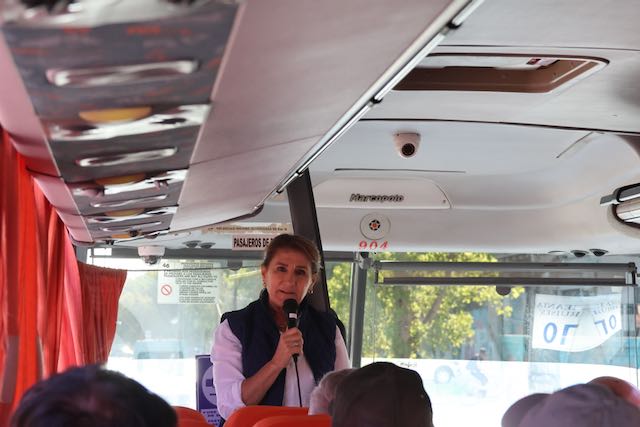
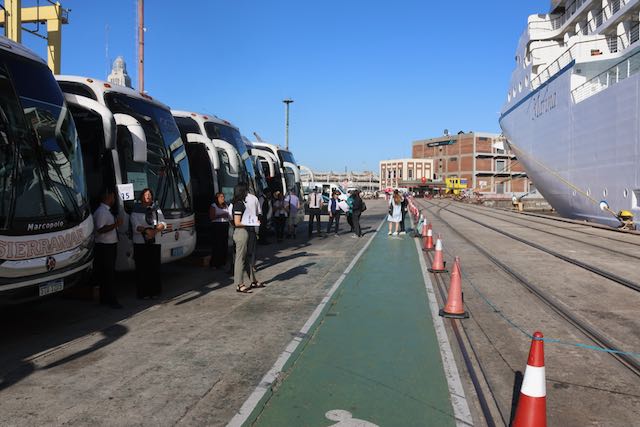
A Portuguese garrison was established in 1723 near the place which is the city of Montevideo. The Portuguese garrison was expelled in February 1724 by a Spanish soldier, Bruno Mauricio de Zabala, as a strategic move amidst the Spanish-Portuguese dispute over the platine region. There is no official document establishing the foundation of the city, but the “Diario” of Bruno Mauricio de Zabala officially mentions the date of 24th of December of 1726 as the foundation, corroborated by witnesses. The complete independence from Buenos Aires as a real city was not reached until the 1st of January of 1730. Montevideo was also under brief British rule in 1807, but eventually the city was retaken by Spanish criollos who defeated the British invasions of the River Plata. Montevideo is the seat of the administrative headquarters of Mercosur and ALADI, Latin America’s leading trade blocs, a position that entailed comparisons to the role of Brussels in Europe.
The city has preserved European architecture, being considered one of the cities with the most art deco influence. It is the hub of commerce and higher education in Uruguay as well as its chief port. The city is also the financial hub of Uruguay and the cultural anchor of a metropolitan area with a population of around 2 million.
Our first adventure of the day, City Landmarks, Wine & Dance Performance, was via bus to a winery. Upon arrival in the Cuchilla Pereira wine district, we stopped at Bodega Spinoglio.

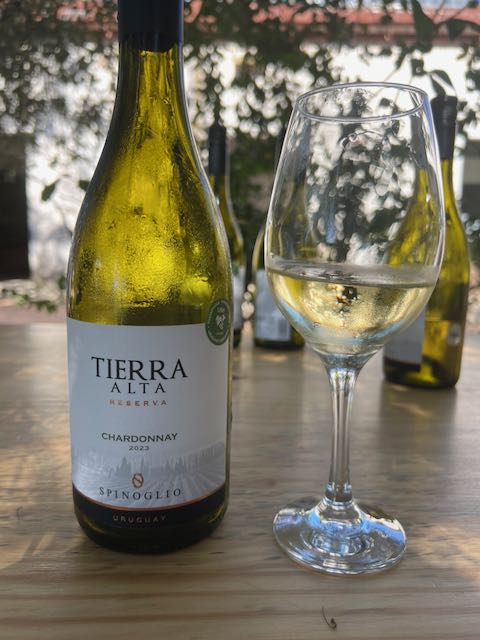
This winery is currently being operated by the 3rd or 4th generation of the family who are working towards improving the overall quality of the product and enhancing the property. Now we have been to a lot of wineries in our travels and this was similar in design and character to many we have visited. Of course, they had a number of older pieces of equipment on display and some interesting concrete/stone wine vats (that are now being turned into B&B style bedrooms).

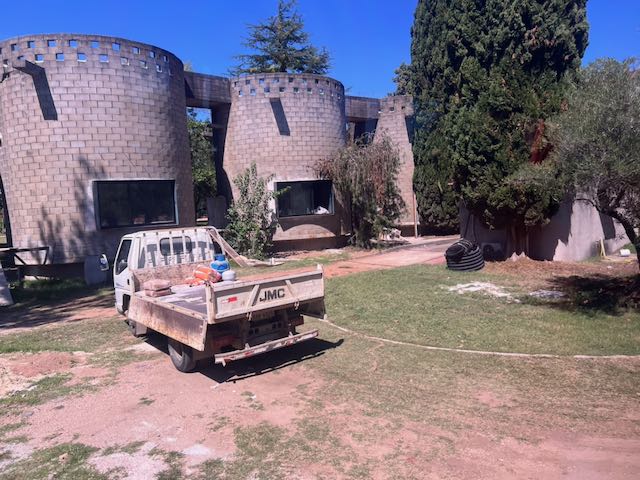
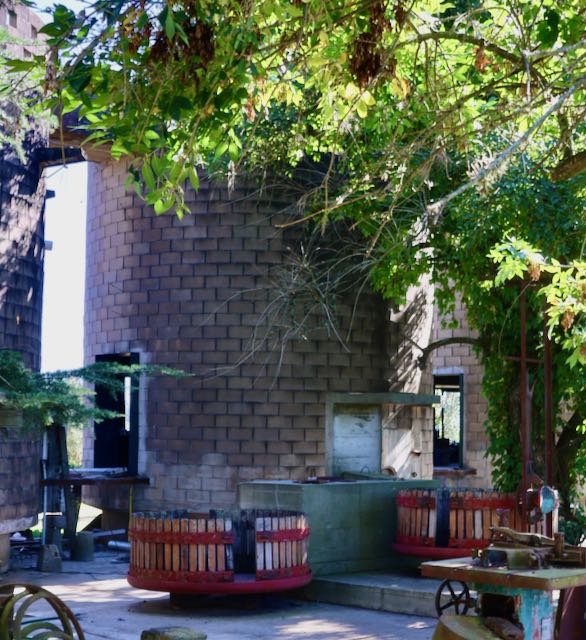
Situated with lots of vines around the Bodega, we were first offered a lovely chardonnay as a refreshing treat upon arrival.
Once we had all gathered together, our guide gave a quick tour of the vineyard and brought us into one of the large rooms where we took our seats around various tables.
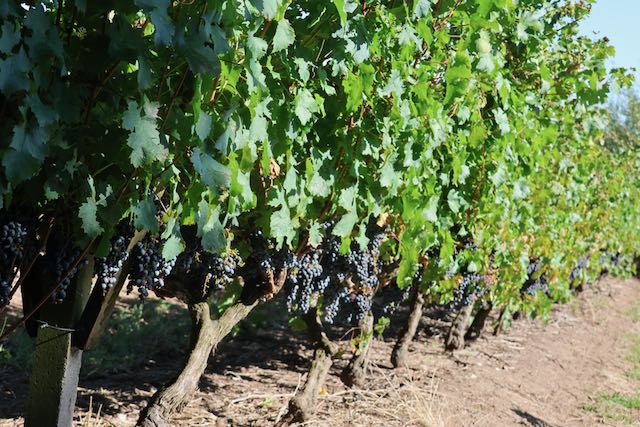
Then began another Tango presentation along with various wines and tasty snacks! It was a authentic and interactive presentation and the wines were quite good. They have a number of varieties including Chardonnay, Cabernet Sauvignon Merlot, Cabernet Franc, Sauvignon Blanc and Tannat.
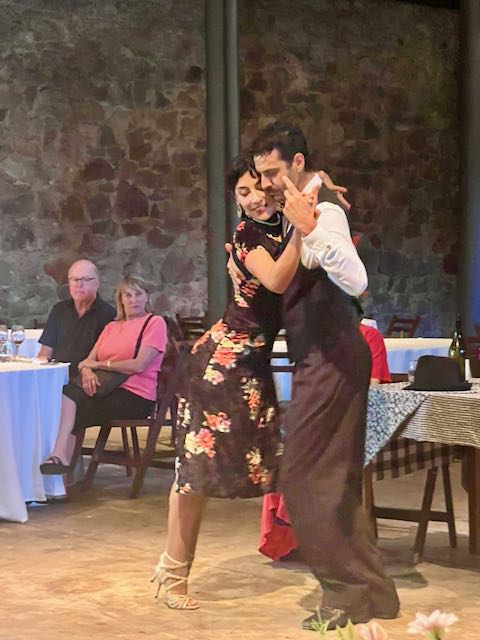
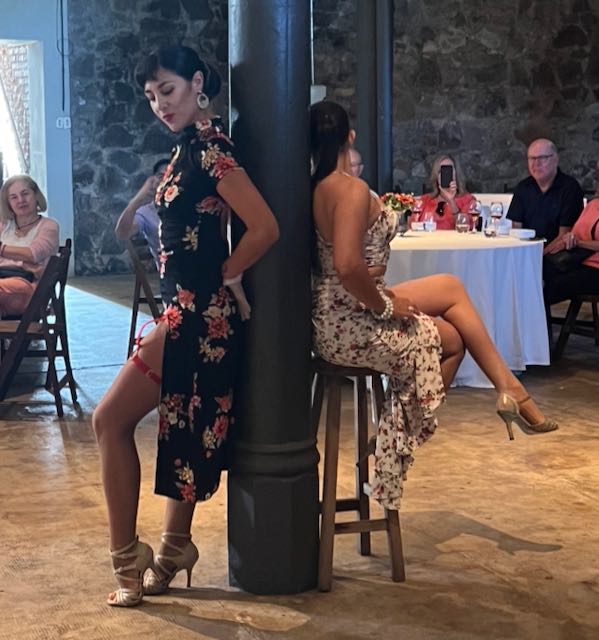


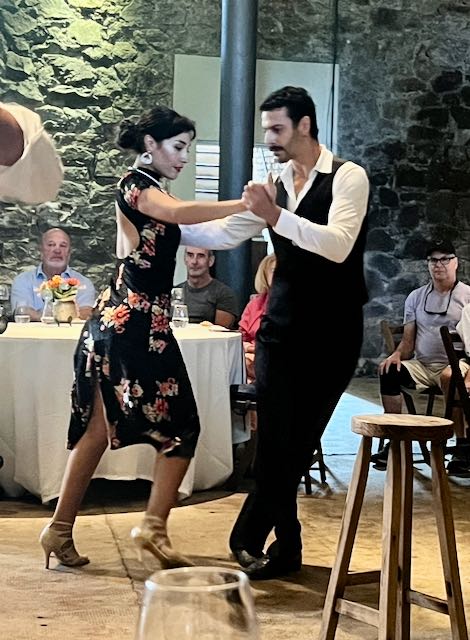
It was an interesting presentation of dance, wine and snacks. Naturally, once all the entertainment was complete there was an opportunity to buy a bottle or two to take home.
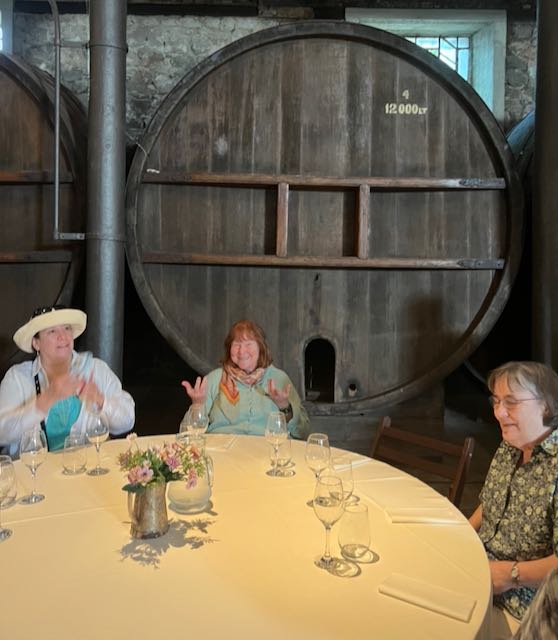
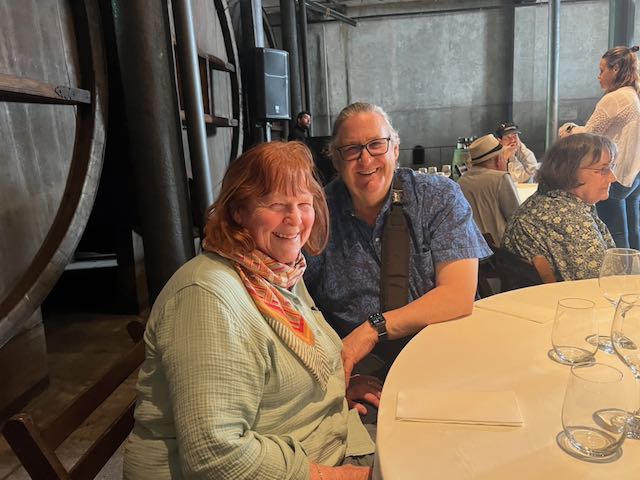
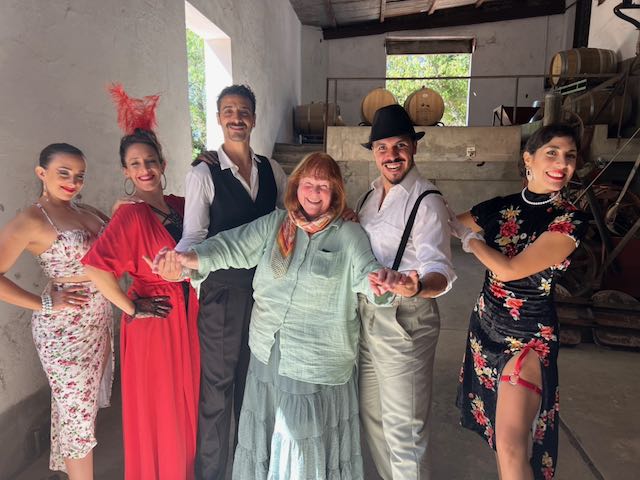
Once back on the bus, we headed back into town and stopped in the main square to view the various significant buildings and afterwards did a drive through several significant districts of the city. As we took in the key sights during our panoramic drive through downtown, we saw a number of landmarks including the Solis Theatre, Legislative Palace, historic Centenario Stadium (The stadium was built between 1929 and 1930 to host the inaugural 1930 FIFA World Cup).
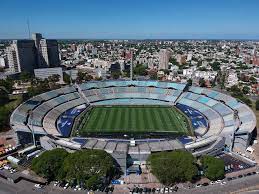
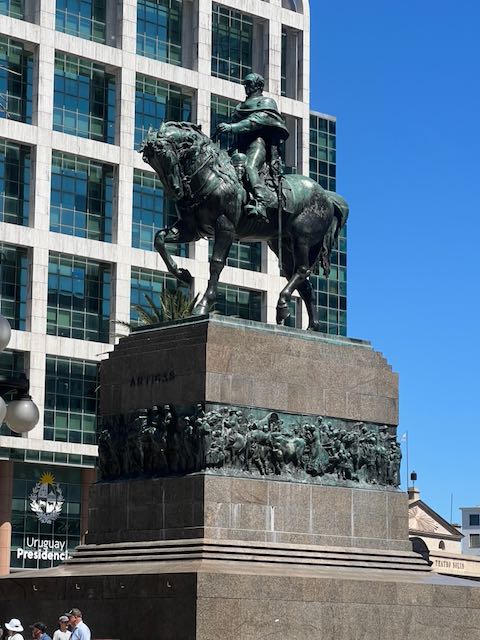
An impressive equestrian statue of José Gervasio Artigas , The Father of Uruguay , was one of the most significant ‘freedom fighters’ during Uruguay’s struggle for independence.
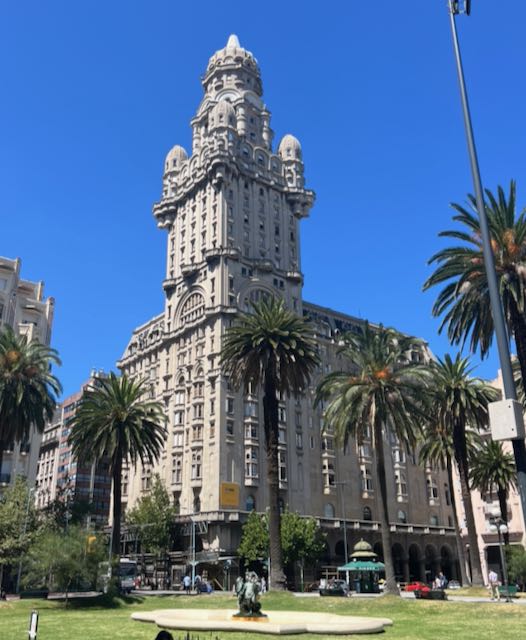
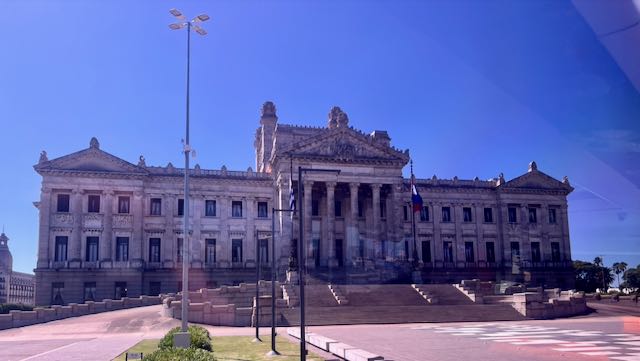
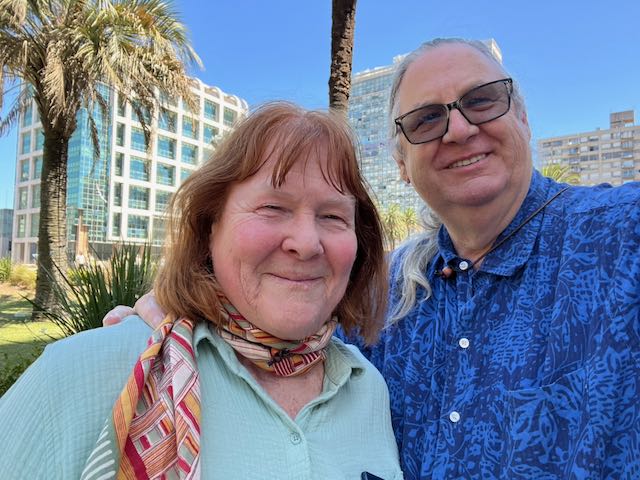
Once back on board the ship, we relaxed for a bit and then met up with Sally and Jim at one of the specialty restaurants on board, Jacques – a French themed eatery.
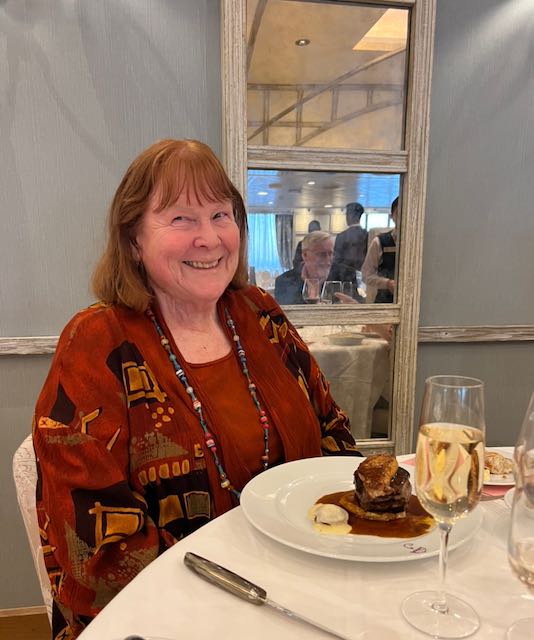
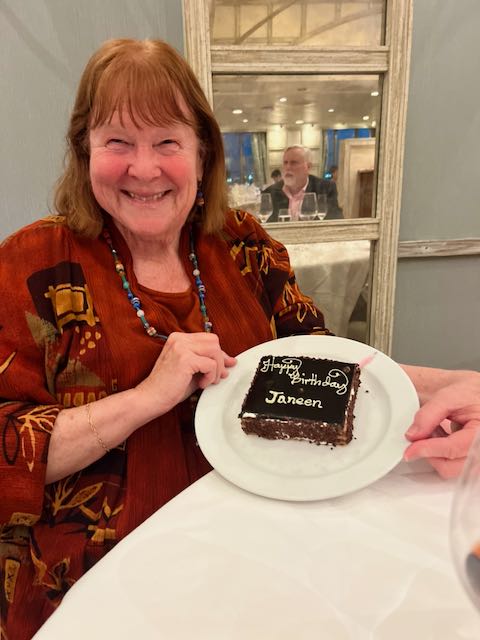
The dinner was clearly set to celebrate Janeen’s birthday with all the trimmings and attention to her needs as one could hope. For dessert, a special cake had been ordered (thanks to Jessica our travel advisor!) which came as a wonderful surprise at the end of dinner – along with a rousing chorus of Happy Birthday to You sung by the wait staff. This was a lovely reminder of the song in German, Spanish and English which our grand girls serenaded Janeen earlier.
When we returned to our cabin, after dinner, another birthday surprise greeted Janeen with balloons and ‘towel’ art on the bed. All-in-all a very nice day to celebrate Janeen’s birthday.
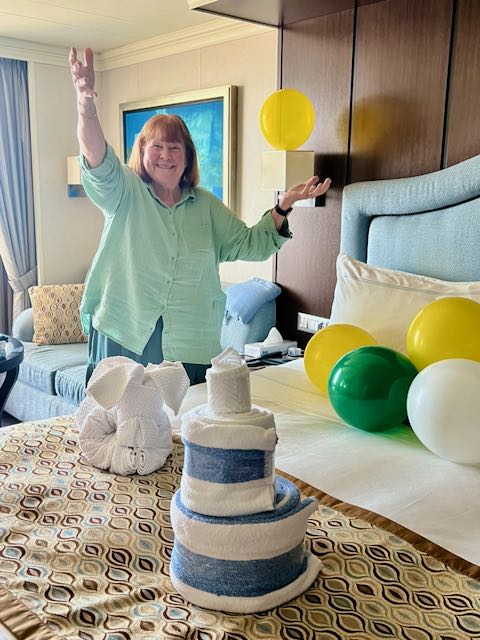
Many of your photos brought back wonderful memories of when I was in that city and area. I remember the mosquito infestation and were big as bats. Our driver and guide stopped at a small store and purchased a repellent for us to generously spray on us. Quite a memorable trip and the river was interesting . Love your blogs. Hugs!
HAPPY BIRTHDAY JANINE!! I’ve been enjoying the blog!
Happy Birthday, Janeen! Another year young! Enjoy!
HAPPY BIRTHDAY JANEEN!!!!!!!!!!!!!
Happy Birthday, Janeen!!
Love following your travels – glad to see you’re enjoying yourselves!!